 deutsche version |
|||
| MotionLab | |||
| For my diploma, I developed a Motion Capture Data Editing Tool. Itís implemented for Maya and its Script Language MEL. It involves techniques in the area of image- and signal processing. (MotionLab was developed for Maya 2.5, when there was no Trax.) MotionLab consists of several modules: | |||
| Motion-Equalizer | |||
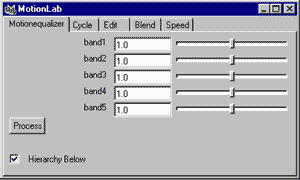 Click to watch movie (1.2MB) |
|||
| The Motion-Equalizer is a graphic equalizer for motion. It is displayed like an equalizer in an audioamplifier, where the amplitude (gain) of each frequency band can be individually adjusted via a slider before summing all the bands together again to obtain the final motion. The tool splits the motion signal into five frequency bands, which then can be seperately raised or lowered. This has the effect, that the motion is also splitted into its characteristics. For example, the jitter is mostly to be found in the high frequency bands (band 1 or 2), so it can be eliminated by setting those high frequency bands to zero. Increasing the high frequency band adds a nervous twitch to the movement. It has normally a very low amplitude. Increasing the middle frequencies results in a smoothed but exaggerated motion. Increasing the low frequencies generates an attenuated constrained motion. They have usually the highest amplitude. | |||
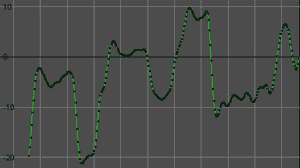 Original-Signal |
|||
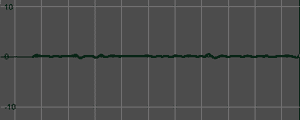 Band 1 |
|||
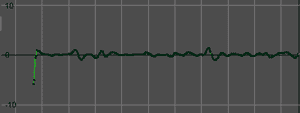 Band 2 |
|||
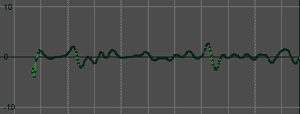 Band 3 |
|||
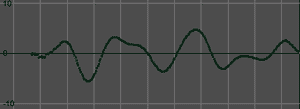 Band 4 |
|||
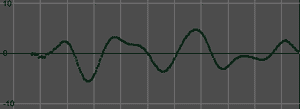 Band 5 |
|||
| Cycle | |||
 Click to watch movie (2.8MB) |
|||
| With Cycle a motion or a part of it can be cycled. That means, the motion is changed in a way, that beginning and end fit seamlessly together. The result is a motion loop. | |||
| Edit | |||
 Click to watch movie (1.5MB) |
|||
| Edit allows to stack animations on top of each other. Itís a non-destructive addition of animations. | |||
| Blend | |||
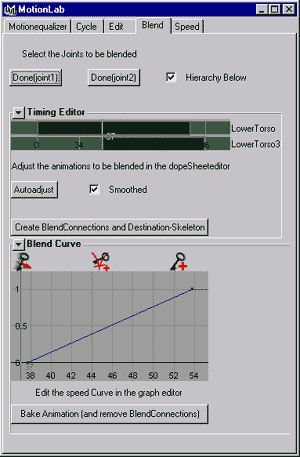 Click to watch movie (1.4MB) |
|||
| With Blend two motions can be blended into each other. They can be shifted in real time like in a Video-editor. The course of the Blend is represented by a spline curve, so it doesnít have to be linear. The result is visible in real time. | |||
| Speed | |||
 Click to watch movie (1.4MB) |
|||
| With Speed, the speed of an animation can be manipulated in any way with the help of a curve. The curve represents the speed of the animation in relation to the original. | |||